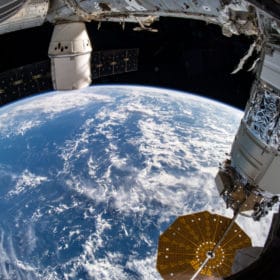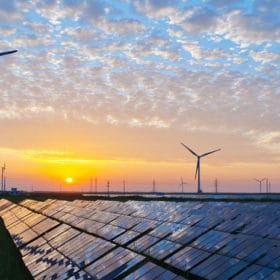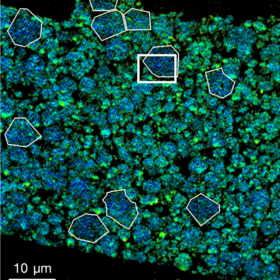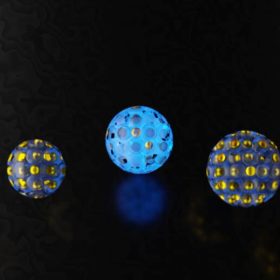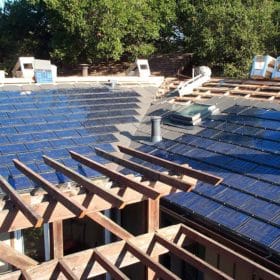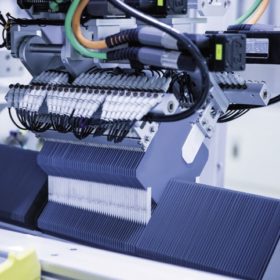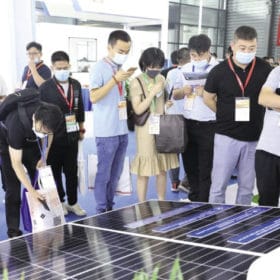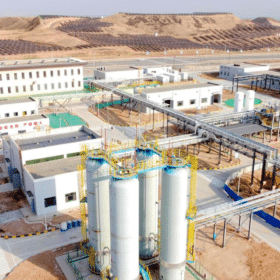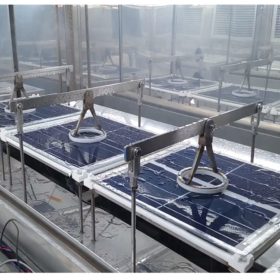Reliance Industries acquires REC Group, plans 1 GW U.S. module facility
The move comes as Reliance pushes forward with its $10 billion plan to expand in the renewable energy industry.
Measuring impacts on solar performance, whatever the weather
Researchers at Sandia National Laboratories used machine learning to analyze maintenance reports, performance data, and weather records from more than 800 solar farms located across the country.
Want a better battery? Hold your breath
Recent research reveals a previously underestimated role for oxygen in limiting the performance of lithium-ion batteries.
Silicon for lithium-ion batteries moves to commercial production
Group 14 Technologies launched its factory capable of producing 120 tons per year of silicon-carbon-based anode material for lithium-ion batteries.
Finding the ideal size for a quantum dot
New research describes an algorithm that can calculate the ideal characteristics for a quantum dot to maximize cell efficiency.
IHS Markit forecasts a “wild” ride” for the global PV industry in 2021
The firm expects 158 GW of new PV to be installed worldwide in 2021, a jump over 2020, and the U.S. and China will still dominate.
Large-scale PV wafers are poised to dominate the industry
Making wafers larger as a cost optimization strategy is not an entirely new idea. But it has quickly gained ground this year among all of the leading manufacturers, turning the market on its head.pv magazine takes a look at how we got to this point.
Bigger modules, yes, but better…?
It is now a well-established trend. After the switch to larger wafer sizes played out in 2019, this year has seen virtually all of the biggest PV manufacturers introduce new modules in dimensions above the 2-meter mark, and with power ratings in excess of 500 W – in some cases, as high as 800 W. As these modules begin to roll off production lines in larger quantities, it’s vital to take a look at the challenges and opportunities they bring to system design, installation, and long-term operation.
China’s ‘Liquid Sunshine’ project demonstrates PV powered methanol
A pilot project in China was brought online this month, combining 10 MW of PV with electrolyzers for hydrogen production and carbon dioxide hydrogenation to synthesize methanol. The methanol is supplied to the chemical industry, or can be converted back into hydrogen for energy use. And the project’s creators say their next goal is scaling the project up to 10 or even 100 times its current size.
A solar module stress test for all seasons
Scientists led by NREL have developed a new stress testing protocol for PV modules, one designed to simultaneously expose modules to multiple stresses, as they likely would be in the field. Putting modules through this test, the researchers have already been able to reveal new information regarding backsheet degradation, and they promise new insights into other degradation mechanisms.

